Foot 3D Scanner's Application Scenarios in Hospitals
With the rapid development of medical technology, the foot 3D scanner has gradually become an indispensable advanced device in hospitals. Through high-precision 3D scanning technology, this device can comprehensively analyze the structure and function of a patient's feet, providing more scientific data support for diagnosis and treatment. Whether it's the assessment of foot diseases, surgical planning, or the customization of personalized medical devices, the foot 3D scanner demonstrates significant value in its applications. This article will explain in simple terms the various application scenarios of foot 3D scanners in hospitals.
Working Principle of the Foot 3D Scanner
Before diving into the application scenarios, we first need to understand how the foot 3D scanner works. This device uses lasers or infrared rays projected onto the surface of the foot. The sensors capture the reflected light, generating a 3D image of the foot. These images provide detailed information about the shape, size, and pressure distribution of the foot, offering doctors and technicians intuitive data support.
The precision of the foot 3D scanner is extremely high, capable of capturing details at the millimeter level. Therefore, it is widely used in various scenarios in hospitals, offering personalized medical services to patients.
Scenario 1: Diagnosis of Foot Diseases
The foot is an essential part of the human body, and its health directly affects the overall balance and movement function. However, due to prolonged improper posture, overuse, or genetic factors, many people may develop foot-related diseases such as flat feet, high arches, bunions, or plantar fasciitis. The foot 3D scanner plays a critical role in diagnosing these conditions.
With the 3D data obtained from the scanner, doctors can clearly observe the patient’s foot bones and soft tissue structure, accurately assessing the severity of foot deformities. For example, in the case of flat feet, the scanner can show the collapse of the arch and its impact on surrounding tissues. These data help doctors formulate targeted treatment plans, such as recommending corrective insoles or physical therapy.
Scenario 2: Preoperative Planning and Postoperative Assessment
Foot surgery requires extremely high precision, especially when correcting bone deformities or repairing soft tissue damage. The foot 3D scanner provides detailed foot structural data before surgery, aiding doctors in creating precise surgical plans. For example, when performing bunion surgery, the scanner can clearly display the degree of deformity of the big toe and the first metatarsal bone, as well as any impact on other toes.
Postoperatively, the foot 3D scanner can be used to assess the surgical outcome. By comparing preoperative and postoperative scans, doctors can visually see improvements in foot shape and evaluate the recovery of foot function. If any issues persist after surgery, doctors can adjust the treatment plan based on the scan data.
Scenario 3: Customization of Orthotics and Insoles
Many foot problems require treatment with orthotics or insoles, and the foot 3D scanner plays an irreplaceable role in customizing medical devices. Traditional methods often involve using plaster molds or other manual techniques to make orthotics, which are time-consuming and prone to errors. With the foot 3D scanner, a precise 3D model of the patient’s foot can be generated quickly, providing the foundation for the design and creation of orthotics.
In hospitals, doctors typically combine scan data with gait analysis results to create custom orthotic insoles for patients. These insoles can effectively distribute foot pressure, alleviate pain, and improve gait issues. Customized solutions are particularly important for patients with flat feet, high arches, or diabetic foot conditions.
Scenario 4: Prevention and Treatment of Diabetic Foot
Diabetic foot is a common and severe complication that, if not properly managed, can lead to infection or even amputation. The foot 3D scanner plays an essential role in the prevention and treatment of diabetic foot. Through the pressure distribution data obtained by the scanner, doctors can identify high-pressure areas on the patient’s foot and take measures to prevent these areas from developing ulcers or other injuries.
In addition, for patients who already have ulcers, the foot 3D scanner can help doctors monitor the healing process and assess the effectiveness of treatments. Combining scan data, doctors can also design specialized pressure-relieving devices to further reduce the risk of foot damage.
Scenario 5: Rehabilitation and Sports Medicine
Rehabilitation treatment for foot problems requires continuous monitoring and adjustment of the treatment plan, and the foot 3D scanner provides detailed data support throughout the rehabilitation process. For example, during rehabilitation, the scanner can regularly evaluate the patient’s recovery of foot function, helping doctors determine whether the rehabilitation plan needs to be adjusted.
In the field of sports medicine, the foot 3D scanner is equally significant. Many athletes suffer from foot injuries due to excessive training or incorrect exercise postures. Using the scanner, doctors and coaches can analyze the athlete's foot structure, create more scientifically-based training plans, and select appropriate footwear to reduce the risk of injuries.
Scenario 6: Monitoring Children’s Foot Health
Children’s feet are still developing, and they are more susceptible to external environmental factors and behavioral habits. The foot 3D scanner can help doctors monitor the development of children’s feet and detect potential issues such as flat feet or gait abnormalities early. Through early intervention, it is possible to effectively prevent foot problems from affecting the child's future quality of life.
The foot 3D scanner has become an indispensable tool in hospitals, showing significant application value in diagnosing foot diseases, preoperative planning, customizing medical devices, preventing diabetic foot, rehabilitation, and monitoring children’s foot health. This device not only enhances the precision and efficiency of medical care but also provides patients with a better health management experience.
With the foot 3D scanner, doctors can have a comprehensive understanding of a patient's foot health, enabling the creation of more scientific and personalized treatment plans. In the future, as technology continues to develop, the foot 3D scanner will play an increasingly important role in more fields, bringing new possibilities to the medical industry.
Whether for patients or general users, understanding the application scenarios and advantages of the foot 3D scanner can help us better utilize this technology to maintain foot health. Let us embrace the power of technology, injecting new vitality into foot health management.

 +86-0755-86131192
+86-0755-86131192 2024-12-03
2024-12-03 Back to list
Back to list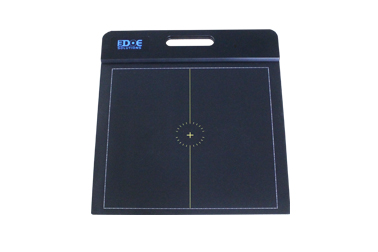
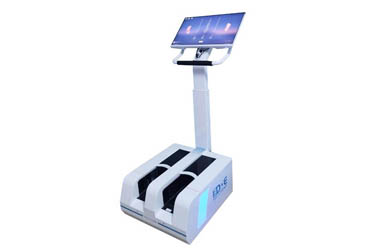
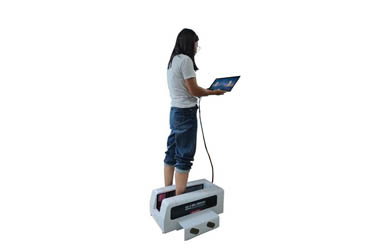
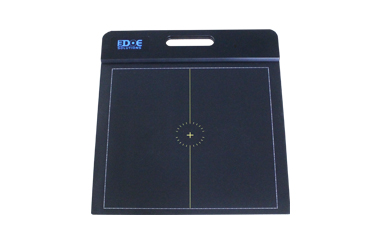

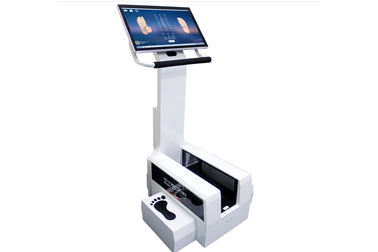



 +86-0755-86131192
+86-0755-86131192